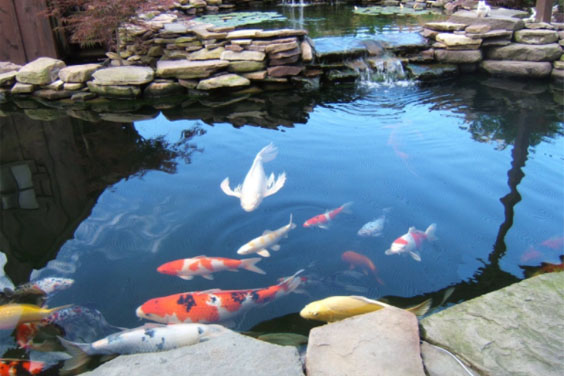
Source: Pinterest
Picture waking up and having your cup of coffee while watching koi fish swimming gracefully in a pond in your backyard. Or, if you are not a morning person, imagine having such a soothing scene to look forward to at the end of a day’s work. Blissful, isn’t it?
However, before you set off on ‘project koi pond’, it is vital that you weigh some key factors. Anticipating and addressing the finer details such as dimensions and what koi pond filtration systems you will use, could make installing your koi pond less stressful. It may also save you from making some costly misinformed purchases.
In light of this, here are some important factors to consider before installing a koi pond.
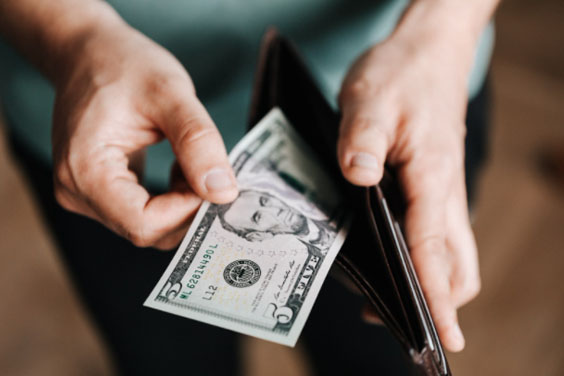
Source: Pexels
The scale of your budget will determine the scale of your koi pond project. Sadly economies of scale do not apply here, the larger your pond, the more it will cost. Moreover, consider that aside from initial setup costs, there will be some long-term maintenance expenses.
Some costs you may incur include:
To keep your costs low, it may be best to install a small to medium capacity koi pond. You could equally save a substantial sum by making it a DIY project instead of hiring a service provider to do it for you. That said, get as much guidance as possible and remember to observe construction safety measures.
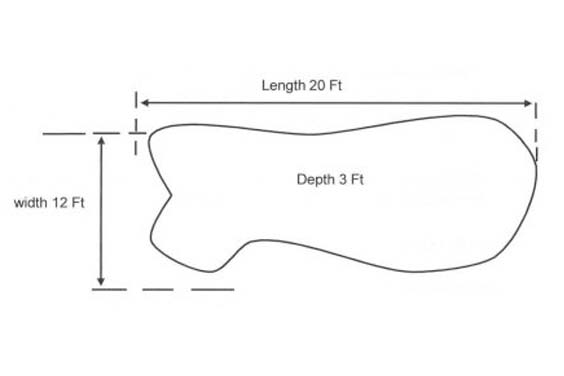
Source: butylproducts.co.uk
The size of your koi pond will be determined by more than one factor. For starters, consider how much room you have to install the pond. Take for instance, that you intend to have it in your backyard. Measure how much space you could comfortably allocate for the project without compromising other uses of the backyard.
Further, over time, the koi fish in the pond will grow and take up more space. This is probably also a good time to remind you that koi fish breed fast which means 2 may soon become 8. With this in mind, the size of your pond should be large enough to accommodate such changes in the long run. Experts also recommend a minimum pond capacity of 1000 gallons of water and a depth of more than 3 feet for your koi to thrive.
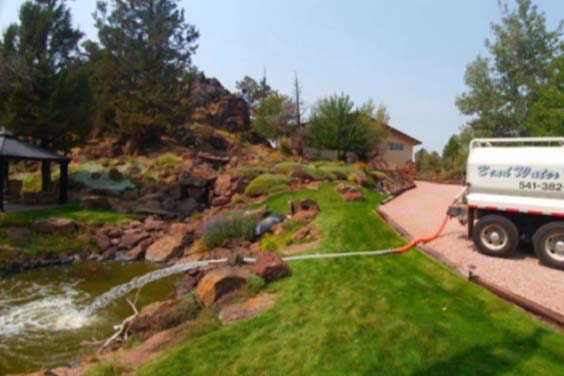
Source: bendwaterhauling.com
You will need a dependable supply of water during the initial installation and later for maintenance sessions. As you choose where to install your pond, it may be best to do it within range of an outdoor tap that you can reach with a hose. Examine your installation site keenly too to ensure that digging will not interfere with the main water supply lines.
Additionally, take some time to evaluate the quality of water available to you using a water testing kit. Most jurisdictions treat their water supply using chlorine which may be unsuitable for koi fish. You may need to dechlorinate the water before introducing the koi in the pond.
There are 2 kinds of equipment that you will require for your koi pond: operational and maintenance equipment. Operational equipment refers to devices that need to be in the pond at all times such as the pump and pond filters. Maintenance equipment, on the other hand, comprises tools you would use occasionally to optimize conditions in the koi pond.
For both uses, consider investing in:
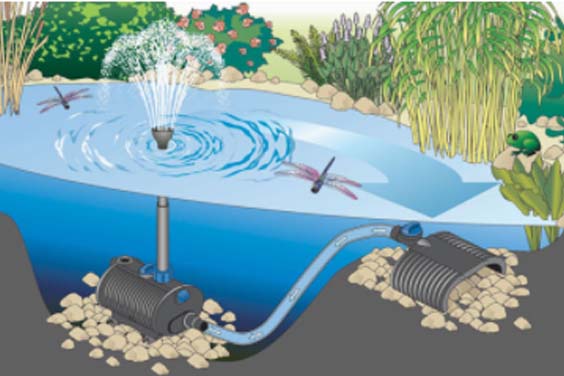
Source: Pinterest
Given as pond water is still, you will need a pump to stir movement and subsequently facilitate oxygen circulation. Pond pumps are rated based on the water capacity they can circulate. As such, aim for one that can handle circulating the volume of your pond’s water in at least an hour.
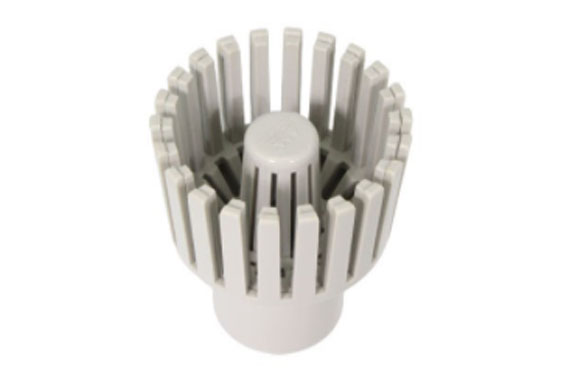
A mechanical filter sieves out debris and dirt particles from pond water. Skimmers are highly recommended for this as they are quite efficient. Pond filter mats may equally be useful especially as the number of koi in your pond increases or if you choose to install a large pond right off the bat.
It is, however, important to clean out your mechanical filters regularly.
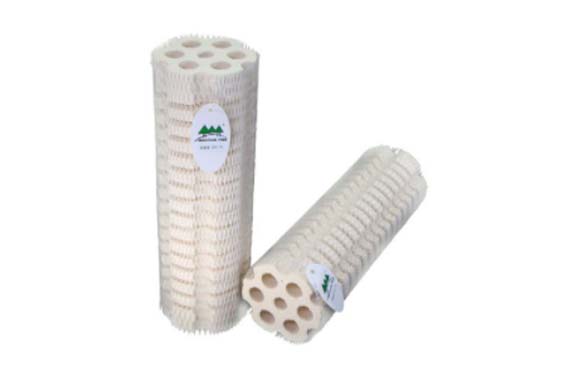
As with all ecosystems, good bacteria is essential in a koi pond. Garden pond filters provide a surface for such beneficial bacteria to grow. Without them, the chemical balance of water in your koi pond may be subpar.
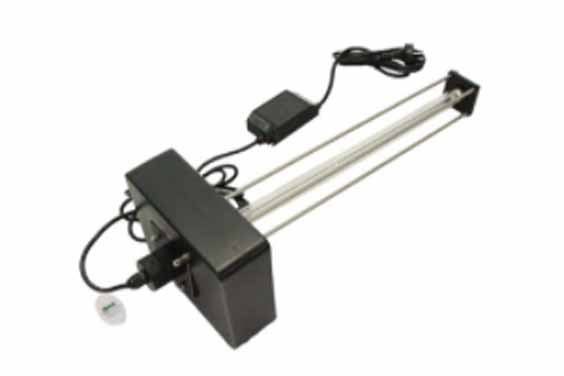
Koi ponds are susceptible to algae, parasites, and disease-causing microorganisms. Their infestation would place your koi fish and pond at risk and thus there is a need to eliminate them. For this, you will need a sterilizer. Whereas you could opt for chemical sterilization, it may upset the pH balance of the pond. Using a UV sterilizer may be safer for your koi fish and possibly even more effective against pathogens.
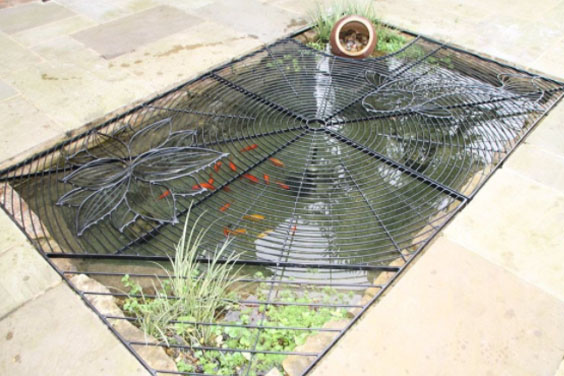
Source: Pinterest
Outdoor koi ponds are great for gardens and similar outdoor spaces but they attract a fair share of predators. Such predators could include household pets, carnivorous birds, and pests. If any of these is an apparent risk or for occasions when you would be away from home for long periods, you may require protective measures like:
A protective mesh- a protective mesh acts as a barrier between the koi and external predators. A hawk, for instance, would not be able to swoop in and just grab a fish from the pond through a mesh. For durability, aim for a UV resistant protective mesh.
Natural barriers – these would include rocks and leafy plants that can be used to form a barrier around the koi pond. They would be especially helpful if you have pets as they may deter them from hopping in the pond. It is also possible to use them in addition to the mesh.
An ultrasonic deterrent- this would work pretty much like an alarm. When the ultrasonic device senses motion around the pond, it would go off and the sound would scare off predators.
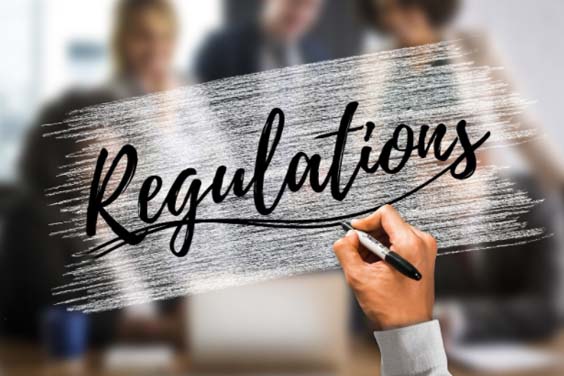
Source: Unsplash
Every jurisdiction has different rules and laws regarding the installation of water features. In some areas, you may be free to install a koi pond as long as it within dimensions that are smaller than a pool. However, in other jurisdictions, you may have to consult local authorities or neighborhood committee before you begin your pond project.
For the avoidance of run-ins with whatever powers may be, endeavor to do due diligence beforehand. Seek permits where necessary and perhaps notify your immediate neighbors if you will be using any noisy tools like a small backhoe for digging.
Creating a plan will go a long way in helping you gather the resources you need at your own pace. When you have all your ducks in a row, you can then begin and even set installation tasks as your schedule allows. Finally, keep an eye out for pond accessory manufacturers that will offer you quality merchandise and helpful resources to get you started on your koi rearing journey.




Leave a Reply